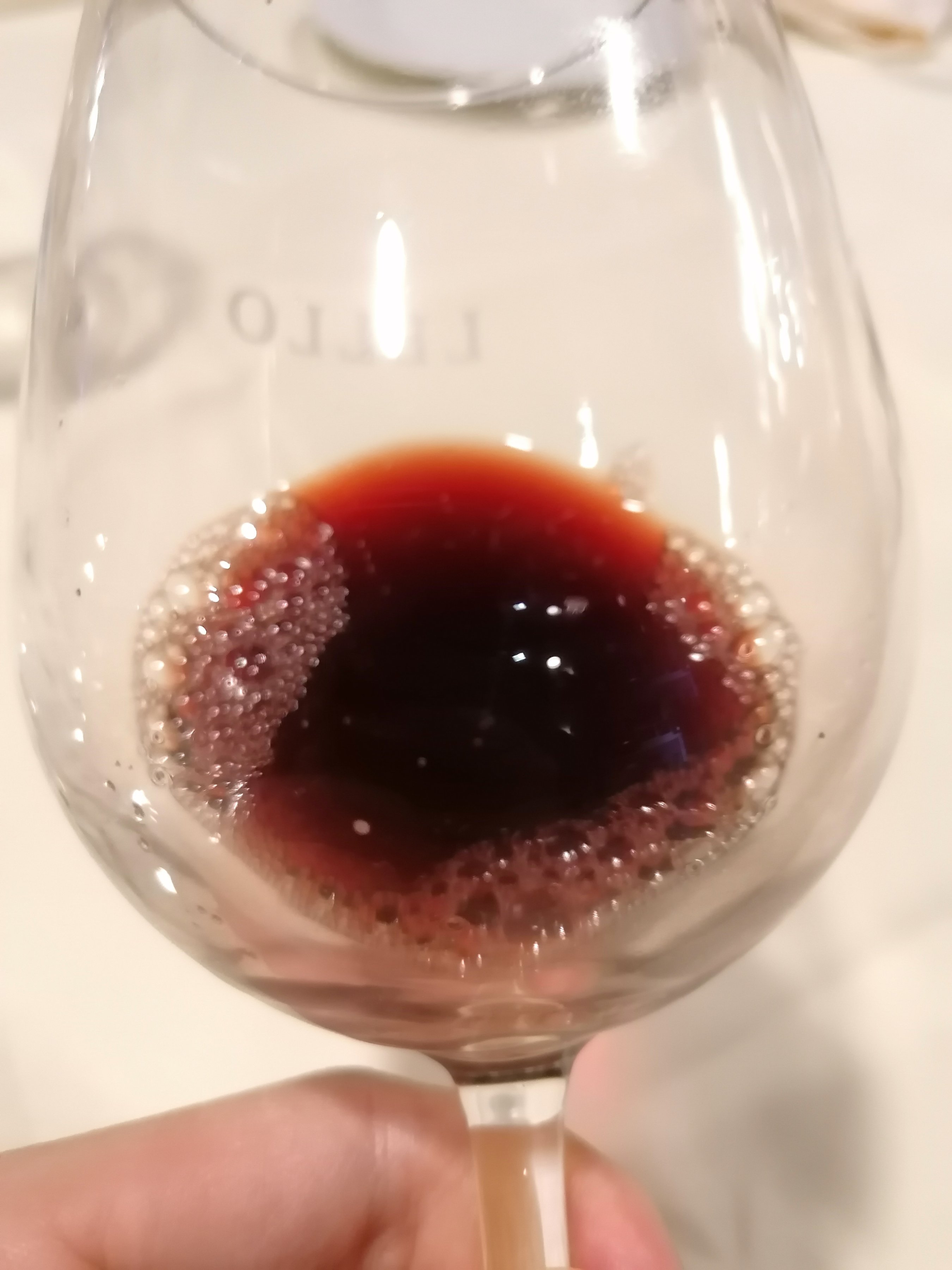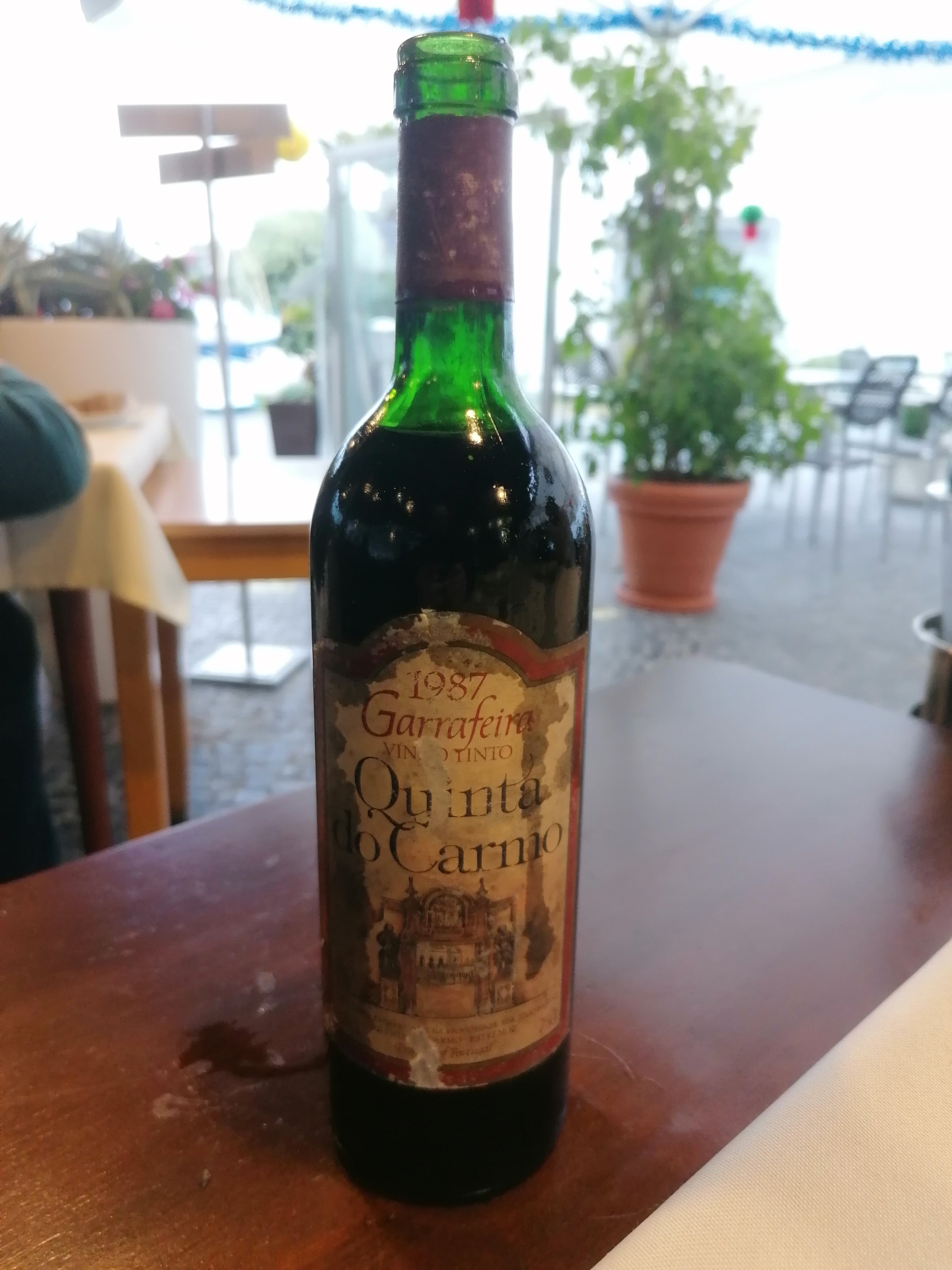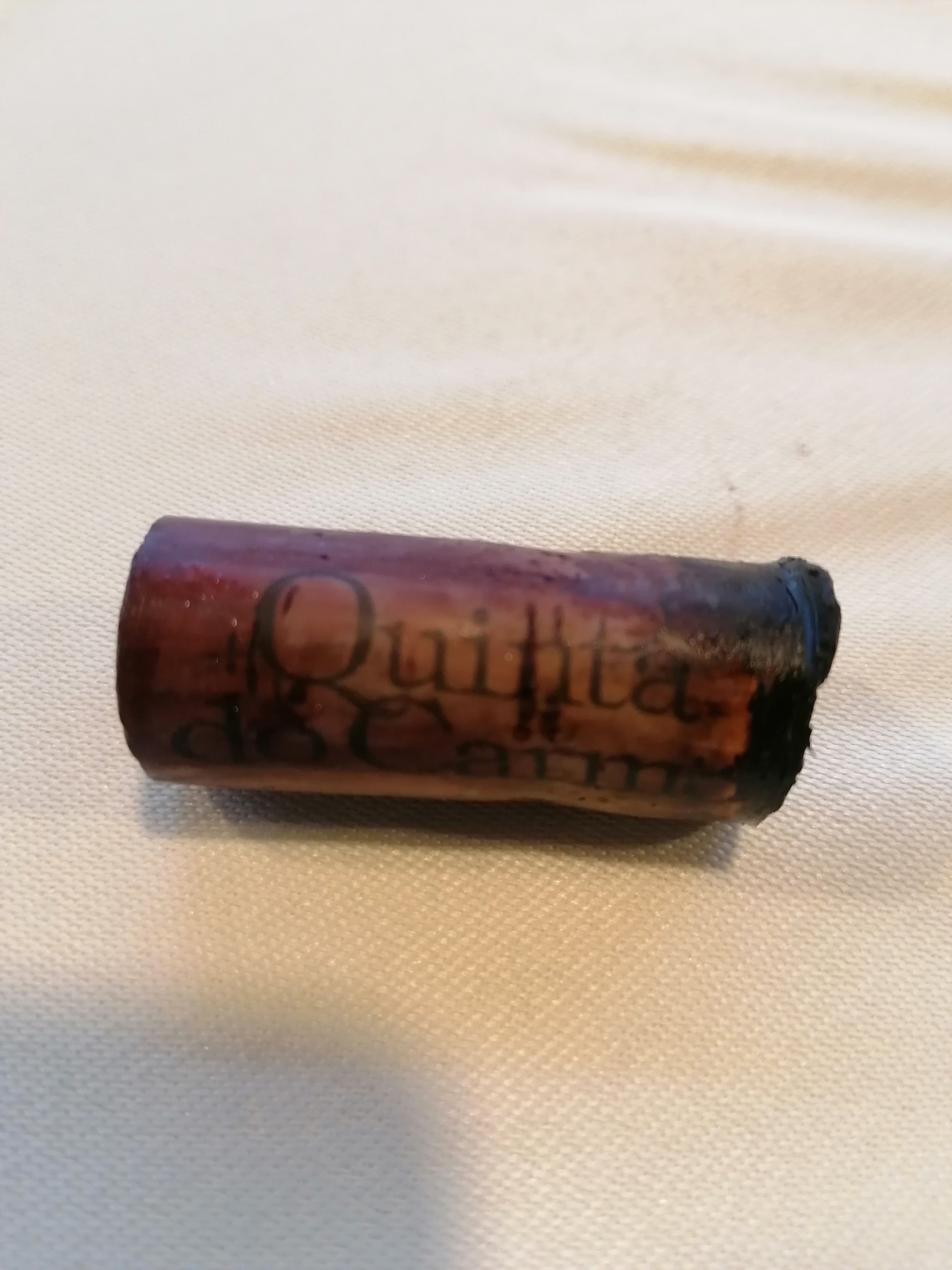The year was 1986 when Júlio Bastos found himself running Quinta do Carmo, an estate in Alentejo, with no formal knowledge of either viticulture or winemaking, after his father’s illness. Yet he had a passion about him which served him well in those troubled years when the Alentejo was seeking to regain its identity and rebuild its economic structures after a revolution which turned it upside down. The owners of Lafite-Rothschild tempted him with a purchase proposal, promising cash flow and economic stability, but Júlio Bastos was disdainful of their plans to rip out old, low yielding vines of Alicante Bouschet, Castelão, Trincadeira and Moreto in exchange for Cabernet Sauvignon. The litmus test came in 1992, when the Quinta do Carmo Garrafeira 1986 was tasted blind next to 1986 Mouton Rothschild - one of the wines of the vintage - with the participation of the Rothschilds. There was clear consensus: the Quinta do Carmo was the winner.
Júlio Bastos did eventually sell half of Quinta do Carmo to the Rothschilds, who likely paid little attention to this secondary propriety in their portfolio and made insipid, uninteresting wines in the estate before the brand was passed on to Madeira born millionaire Joe Berardo and his Bacalhôa wines, turning Quinta do Carmo into a supermarket wine brand. Those half a dozen years Júlio Bastos spent at Quinta do Carmo, too ephemerous to be considered a golden age, have attained legendary status among Portuguese wines. Having brought the 1987 Garrafeira to a family dinner tonight, I can vow for that.
This is no aged Bordeaux: it’s hard to find notes of graphite or charcoal unless you will them into existence. The nose is all old Alicante Bouschet warmth: damp, earthy soil, blueberry compotte, old mahogany, varnish and heather honey. The mouth is remarkable: seemingly endless, with powerful acidity which should give it a further lifespan of many years. It’s just reaching its maturity. Definitely one of the great wine experiences of my life, and an absolute privilege.


